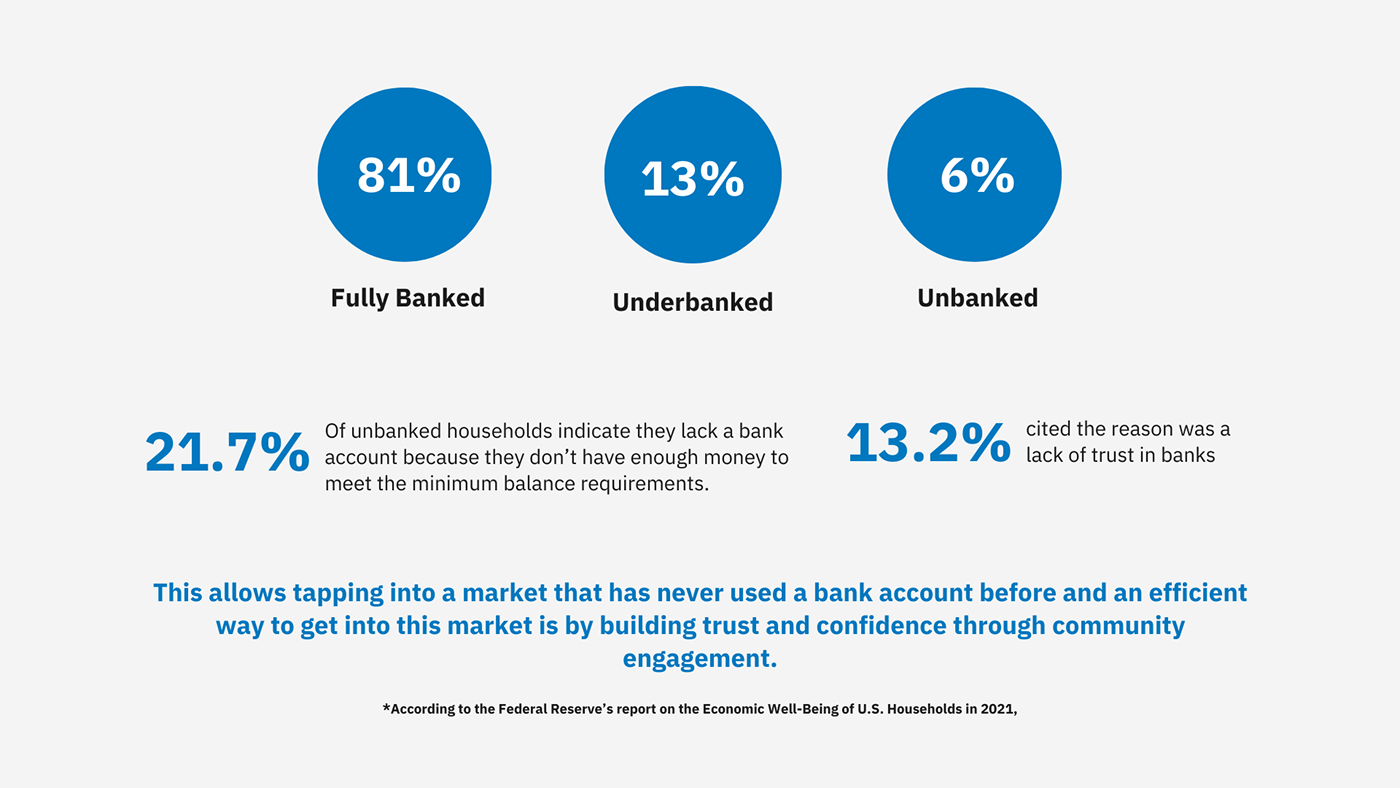JP Morgan & Chase.Co is a leading financial services company that offers a wide range of products and services to clients worldwide. The company was formed in 2000 following the merger of J.P Morgan & Co. and Chase Manhattan Corporation. Today, JPMorgan Chase & Co. is a global leader in financial services, with assets of more than $3 trillion and operations in more than 60 countries around the world. The company is a leader in investment banking, commercial banking, financial transaction processing, and asset management. The company serves millions of customers, predominantly in the U.S., and many of the world’s most prominent corporate, institutional, and government clients globally.


JP Morgan & Chase.Co is a leading financial services company that offers a wide range of products and services to clients worldwide. The company was formed in 2000 following the merger of J.P Morgan & Co. and Chase Manhattan Corporation. Today, JPMorgan Chase & Co. is a global leader in financial services, with assets of more than $3 trillion and operations in more than 60 countries around the world. The company is a leader in investment banking, commercial banking, financial transaction processing, and asset management. The company serves millions of customers, predominantly in the U.S., and many of the world’s most prominent corporate, institutional, and government clients globally.


The timeline provides a historical overview of JP Morgan Chase's key milestones and significant developments. These events not only highlight the company's growth but also illustrate its resilience in navigating challenges such as the global financial crisis. The acquisitions of Bear Stearns and Washington Mutual, as well as the launch of initiatives like JPM Coin and commitments to address social issues, demonstrate JP Morgan Chase's strategic agility and willingness to adapt to evolving market dynamics.







JPMorgan Chase's operations have been overall positive in recent years. The company's net income increased from $29.13 billion in 2020 to $37.68 billion in 2022. Additionally, the company's return on common equity (ROE) increased from 12% in 2020 to 14% in 2022. These metrics suggest that JPMorgan Chase has been profitable and that its shareholders have been receiving a good return on their investment. (Management's Discussion and Analysis, 2023)


JP Morgan Chase's operational performance in recent years demonstrates a mix of positive indicators and persistent challenges. While the company exhibits notable profitability and strong returns for shareholders, increasing provisions for credit losses and a rising efficiency ratio warrant attention. The company's customer-centric approach, emphasis on digital capabilities, and strategic blend of online and physical banking models showcase a robust operational strategy. Overall, these internal factors position JPMorgan Chase as a global leader in the financial sector, but continued focus on expense management and credit risk mitigation will be essential to maintain its leadership position in the dynamic financial landscape.






The traditional banking landscape has undergone quite a transformation in recent decades. Technological advancements, shifting consumer expectations, and the emergence of disruptive financial technology (fintech) companies have propelled the industry into the digital age. This evolution has redefined how customers interact with financial institutions, leading to fundamental changes in service delivery, competition, and the overall structure of the banking sector.



The banking landscape is in a state of continuous evolution, fueled by technological innovation, demographic shifts, and the transformative power of big data. Traditional banks must adapt to the rising dominance of digital banking while finding ways to serve customers who still value in-person services. Furthermore, addressing concerns about financial accessibility and trust will be crucial to expanding market share. The skillful use of big data analytics presents banks with the opportunity to improve customer experiences, enhance decision-making, and combat fraud more effectively. As the banking industry navigates these challenges, institutions that prioritize innovation, customer-centric approaches, and data-driven strategies will be best positioned for success in this dynamic environment.









JPMC believes in an omnichannel business strategy where the two channels create a “Cast Halo Effect” on each other where they see higher digital account productions in markets where there is a presence of a branch which is backed by the fact that consumers like seeing branches in their neighborhood as it shows stability and availability in times of need.



JP Morgan Chase's unconventional emphasis on branch expansion in an era marked by widespread consolidation challenges prevailing industry trends. The bank's commitment to an omnichannel strategy, encompassing both physical branches and digital channels, exemplifies its belief in the synergistic "Cast Halo Effect." Despite an overall decline in the number of branches nationwide, Chase's strategic approach yields substantial value, particularly evident in the significant contributions to deposit growth and market expansion. Moreover, the real estate benefits derived from direct ownership, appreciation, and community-focused investment underscore the nuanced considerations influencing the bank's decision to increase its branch network. By prioritizing flexibility, community engagement, and strategic real estate management, JP Morgan Chase navigates the evolving banking landscape with a multifaceted approach that extends beyond traditional industry norms.









Enhanced Technology in Branches: Invest in seamlessly integrating cutting-edge technologies (AI-powered advisors, interactive kiosks) within the branch environment. This will elevate in-person experiences and streamline processes.
Hyper-Personalized Branch Services: Use data analytics to deeply understand local market needs. Tailor branch services and offerings in each location to cater to specific demographics and preferences.
Cross-Platform Integration: Strengthen digital and physical channel integration. Train branch staff in digital onboarding to ensure customers have smooth transitions between platforms, enhancing convenience.
Talent Optimization: Prioritize continuous staff training in both digital banking expertise and relationship-building skills. This ensures exceptional service in both virtual and physical environments.
Managing sub-prime lending: With the branch strategy branching out to LMI neighborhoods and targeted products for consumers with thin credits, the bank would need to keep a close look out for their NCOs as their sub-prime lending share increases.
Threat of mergers: The recently announced CapitalOne-Discover Bank is set to shake up the credit card landscape in the US and the acquisition marks one of the industry’s biggest deals since the 2008 financial crisis.
JPMorgan Chase is a leading financial services company with a global presence and a diversified business model. The company's success can be attributed to several factors, including its strong financial performance, its commitment to innovation, and its focus on customer service.
One of the key strengths of JPMorgan Chase's business strategy is its focus on diversification. The company offers a wide range of products and services, including investment banking, asset management, commercial banking, and retail banking. This diversification helps to protect the company from economic downturns, as different parts of the business will perform differently in different economic conditions.
Another key strength of JPMorgan Chase's business strategy is its commitment to innovation. The company is constantly investing in new technologies and developing new products and services. This helps the company to stay ahead of the competition and to meet the changing needs of its customers.
JPMorgan Chase's branch strategy is a key component of its overall business strategy. The company has a large network of branches, which allows it to provide in-person banking services to a wide range of customers. However, the company is also aware of the need to adapt its branch strategy to the changing needs of its customers. In recent years, JPMorgan Chase has been investing in digital banking technologies and expanding its mobile banking offerings. The company is also closing some of its physical branches in areas where there is less demand for in-person banking services. This suggests that JPMorgan Chase is taking a thoughtful approach to its branch strategy, balancing the need to provide in-person banking services with the need to adapt to the digital age.
Finally, JPMorgan Chase is also committed to providing excellent customer service. The company has a strong focus on building relationships with its customers and understanding their needs. This commitment to customer service has helped JPMorgan Chase to build a loyal customer base.
